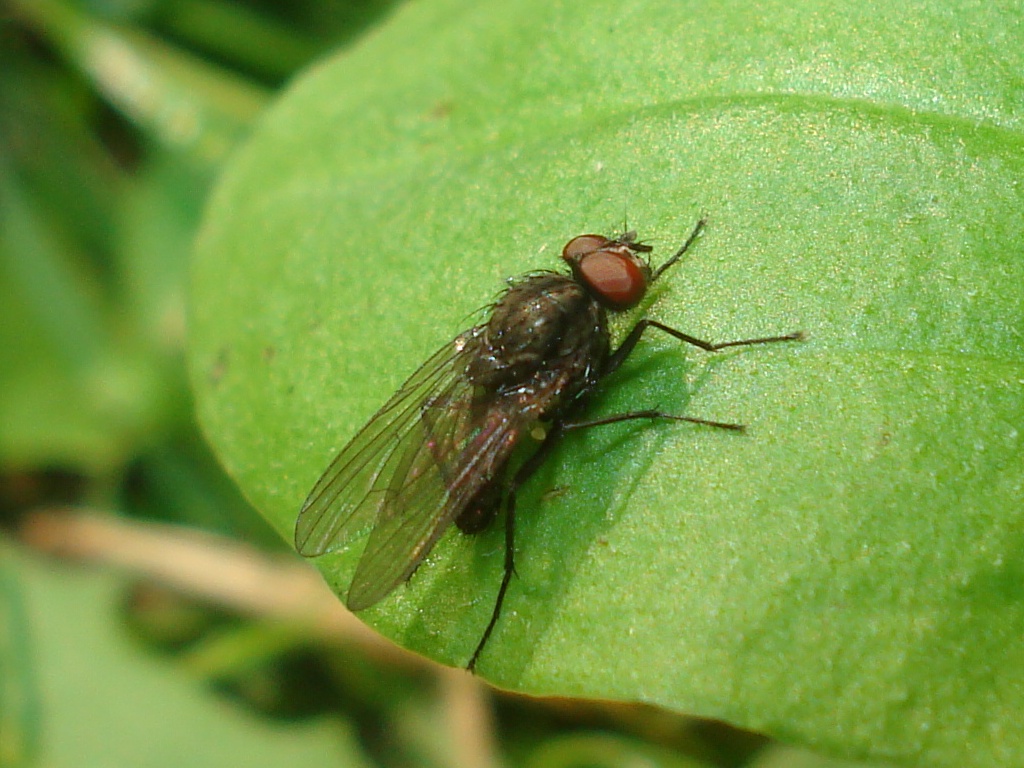Overview of the Lesser House Fly

The little house fly, or lesser house fly (Fannia canicularis), commonly hovers in shaded outdoor areas like garages and porches. People often mistake this species for more familiar flies, but it notably congregates around decaying organic matter, which makes it a nuisance in residential and commercial settings. When found in large numbers, lesser house flies can create significant problems in restaurants and food processing establishments. They particularly thrive in poultry farms, where they reproduce in chicken manure, leading to substantial populations near such facilities. Besides chicken waste, they also breed in pigeon and dog feces and other decomposing materials.
Larval Characteristics
The larvae of the lesser house fly differ markedly from those of typical house flies. Instead of the common maggot appearance, they are brownish, flat, and boat-shaped, resembling a carpet beetle larva. These larvae also feature spines on their dorsal and lateral sides, which can make them difficult to identify for those unfamiliar with them.
Life Cycle
The life cycle of Fannia canicularis is similar to that of the common house fly, with adults emerging from pupae within a short period, typically between 9 to 14 days.
Public Health Concerns
Lesser house flies are also known to be carriers of various pathogens, potentially leading to the spread of diseases. Their ability to reproduce quickly and thrive in unsanitary conditions underscores the importance of proper waste management in preventing infestations.
Additional Resources
For more detailed information on the lesser house fly, you can visit resources from educational institutions such as the University of Florida Entomology and Nematology Department or the USDA’s National Insect Collection.
To effectively manage lesser house flies and reduce their populations, it’s important to implement a combination of sanitation practices and control measures. For comprehensive strategies on preventing and addressing fly infestations, visit our Fly Management page.
FAQ
What does the lesser house fly look like?
The lesser house fly is about 5 to 6 mm long, with a yellowish body and three black stripes on its thorax. Its appearance can sometimes be confused with that of the common house fly.
Where do lesser house flies lay their eggs?
Female lesser house flies prefer moist, decaying organic matter for laying their eggs, especially in animal manure and compost. They can produce multiple batches of eggs in these environments.
How long does it take for lesser house fly larvae to develop?
The development from egg to adult typically takes about 9 to 14 days, with larvae maturing into pupae in roughly 5 to 7 days.
Are lesser house flies a health concern?
While they can carry some pathogens, lesser house flies are generally less of a health risk than common house flies and are not typically associated with human food sources. The Centers for Disease Control and Prevention (CDC) provides additional insights into their impact on health.
How do you control lesser house fly populations?
Effective control involves maintaining cleanliness in areas where they breed, using insecticides, and employing traps.
